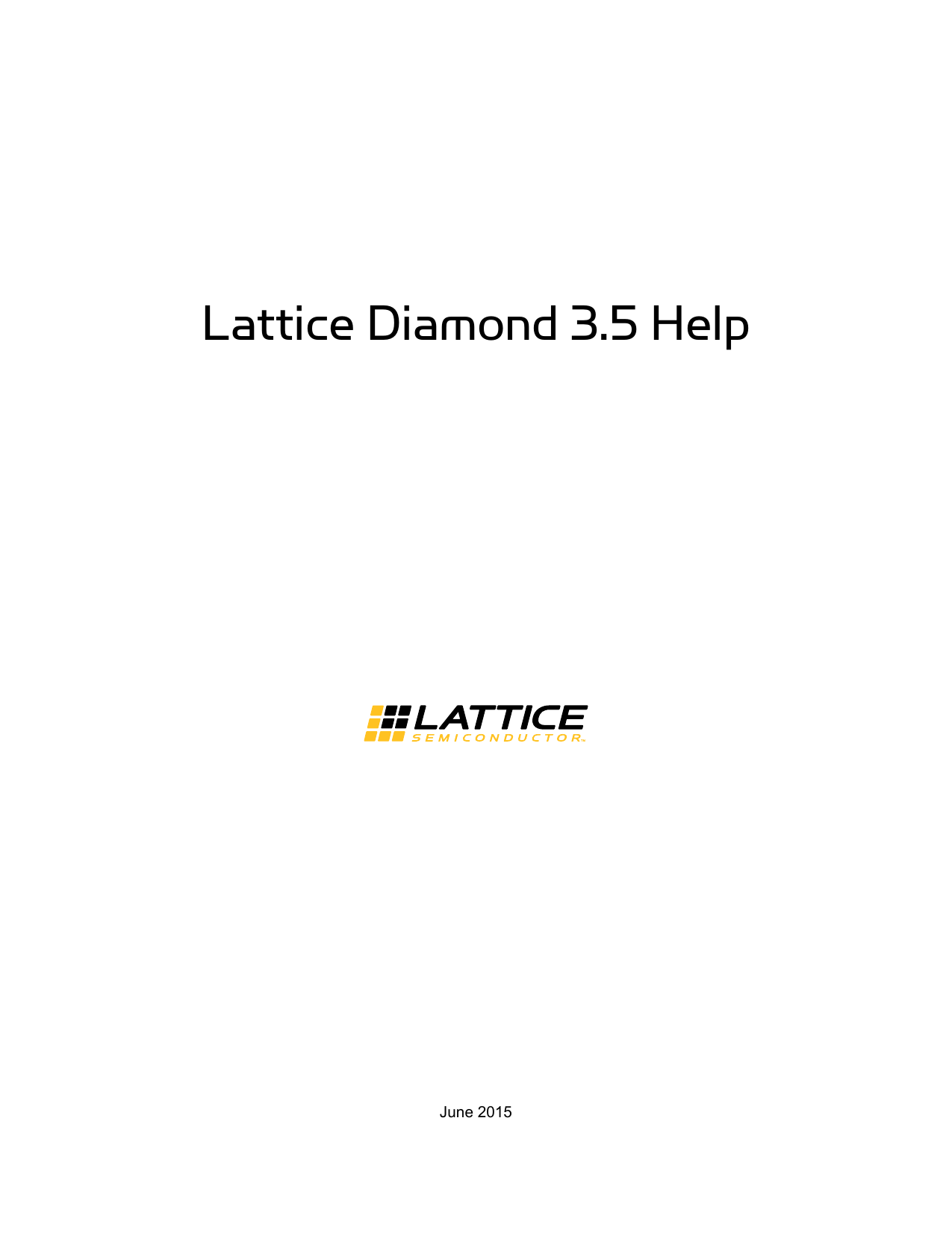

Lattice lse vs synplify pro software#
I will lean on third-party developers to speak more into the hardware and user experience with the new Radiant 3.0 software before being sold entirely on the latest products. Lattice threw a lot of specs and application information our way with this announcement. Lattice is already shipping CertusPro-NX to select customers, so hopefully, we will hear some feedback on the new FPGAs sooner rather than later. Out of the gate, the CertusPro-NX family of devices looks like they will provide value to developers in a wide range of use cases and applications. If Lattice benchmarks are legitimate and I have no reason to believe they aren't, then CertusPro-NX will continue the lowest power, high-performance dominance Lattice has paved with its Nexus platform. Lattice also provides more application specific developer tools, called “Solution Stacks” including sensAI (ML inference), mVision (computer vision), Sentry (security) and Automate (industrial automation). What I can say is that Lattice seemed focused on improving the user experience and ease of use on its platform, and that sounds like a great thing for developers building on Lattice FPGAs. I am not a developer, so I can't speak to most of the upgrades in this new iteration of the Radiant 3.0 software. Improved signal traceability throughout the design flow via the graphical user interface (GUI).SERDES analysis tool enhanced to accommodate higher SERDES bandwidths support by CertusPro-NX devices.
Lattice lse vs synplify pro pro#
The choice between running Lattice Synthesis Engine (LSE) and Synplify Pro synthesis engine.Speeding up the iterative design process by separating timing analysis from other operations and allowing it run independently.15 percent reduction in runtime and 7 percent increase in design performance compared to the last release.I listed some of the critical improvements close to verbatim from Lattices' announcement.įeature upgrades in Radiant 3.0 software: In addition, Lattice brought some new features to the software to improve the user experience, including making it quicker to use and easier to operate. A new iteration of Lattices Radiant software, Radiant 3.0, is now available to use in conjunction with CertusPro-NX devices. The new software paired with the new CertuxPro-NX FPGAs is just as essential as the hardware. Lattice Radiant software is the core developer platform to develop FPGA applications in the most efficient and effective way. It invests in software extensively to make it easier for OEMS and ODMs to design in devices and shrink time to market. Lattice is no longer a hardware only play. Intel and Xilinx are both focused on the highest performance, higher power FPGAs and SOCs with the highest performance FPGAs. I’m not taking a swipe at Intel or Xilinx FPGAs as the lowest power devices aren’t its strategies.

Lattice builds grounds up lowest power FPGAs in the latest manufacturing technologies and Intel and Xilinx are leveraging much older designs and manufacturing processes. While I would normally take huge claims like this with a grain of salt if I hadn’t run them myself, here’s why I believe Lattice’s claims. CertusPro-NX solutions claim to double the performance of competitive offerings while consuming half the power as well.

Since CertusPro-NX offers, LPDDR4 Lattice claims users can get 65 percent more memory in a similar solution. The CertusPro-NX is also the first general-purpose FGPA to implement LPDDR4 support for external memory. Lattices' key performance areas were memory density, system bandwidth, support for small form factors, and data processing performance. Lattice called out Intel and Xilinx competitors within its announcement and the company mentioned that CertusPro-NX would routinely outperform similar competing devices in key performance. Lattice Semiconductor Lattice Semiconductor


 0 kommentar(er)
0 kommentar(er)
